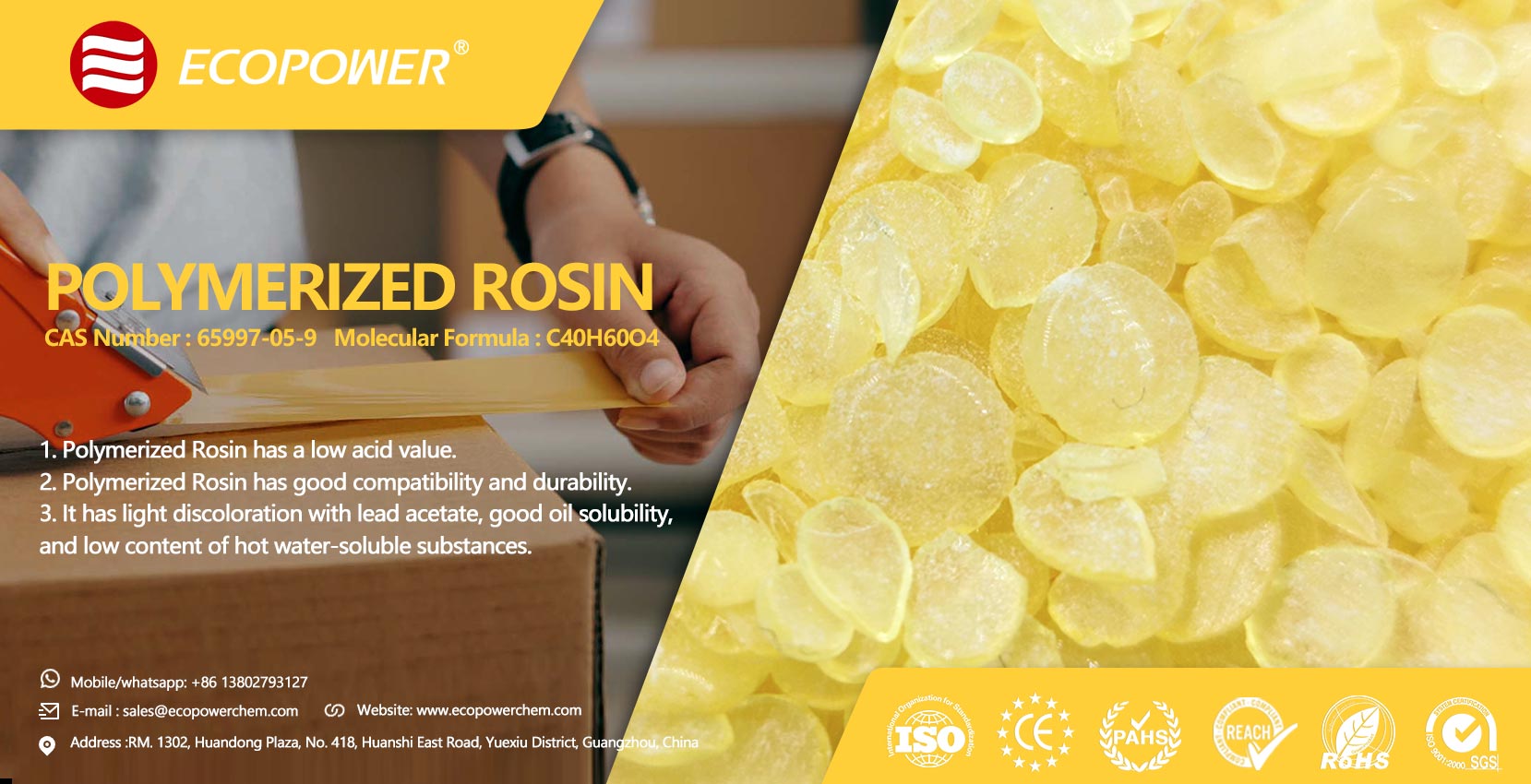مقدمه ای بر ویژگی ها و کاربردهای رزین پلیمریزه شده
Jun 20, 2024
â نام و خصوصیات
- نام انگلیسی: رزین پلیمریزه
- نام های جایگزین انگلیسی: Rosin, Polymerised
- شماره CAS: 65997-05-9
- خواص فیزیکی: جامد آمورف زرد-قهوه ای. رزین پلیمریزه شده عمدتاً از دیمرها به همراه مخلوطی از هیدروکربن های رزین و رزین تشکیل شده است. با رنگ روشن، نقطه نرم شدن بالا، عدم بلورینگی، ارزش اسیدی بالا، محتوای محلول در آب داغ کم، حلالیت روغن خوب و تغییر رنگ سبک استات سرب مشخص می شود. دایمرها 20 تا 50 درصد را تشکیل می دهند و نسبتاً پایدار هستند و در برابر اکسیداسیون مقاومت می کنند. این ماده در حلالهای آلی مانند تولوئن، بنزین، اتر نفتی، کلروفرم و دی کلرواتان محلول است.
| خواص |
مقدارهای هدف (محدودیت های ویژه)
|
|
تایپ
|
PR 90 |
PR 115 |
PR 140 |
|
ظاهر
|
جامد شفاف زرد |
|
کالر گاردنر
|
≤7 |
≤10
|
≤10 |
|
نقطه نرم شدن (R&B)°C
|
88-93 |
110-120 |
135-145 |
|
مقدار اسید، mgKOH/g
|
≤165 |
≥145 |
≥140 |
|
چگالی (20 درجه سانتیگراد، مقدار، گرم بر سانتیمتر مربع)
|
1.08-1.1 |
1.08-1.1 |
1.08-1.1 |
â¡ فرمول شیمیایی یا فرمول مولکولی و فرمول ساختاری
- فرمول مولکولی: C40H60O4 (توجه: این یک فرمول مولکولی ساده یا نماینده است، زیرا رزین پلیمریزه شده مخلوطی است، بنابراین ساختار خاص ممکن است بسته به درجه پلیمریزاسیون متفاوت باشد.)
⢠خواص فیزیکی و شیمیایی و شاخص های کیفیت
- نقطه نرم شدن: 90 تا 120 درجه سانتیگراد (این محدوده دمایی است که در آن رزین پلیمریزه شده هنگام گرم شدن شروع به جریان می کند.)
- مقدار اسیدی: 150 میلی گرم KOH/g (این معیاری از محتوای اسیدی در رزین پلیمریزه شده است که معمولاً به صورت میلی گرم هیدروکسید پتاسیم مورد نیاز برای خنثی کردن 1 گرم نمونه بیان می شود.)
- دیگر شاخص های کیفیت: جدول ارائه شده را ببینید.
⣠برنامه های اصلی
- به عنوان یک رزین چسبنده: در چسب های ذوب داغ، حساس به فشار و بر پایه حلال برای افزایش چسبندگی و ایجاد اثرات تقویتی استفاده می شود.
- بهبود استحکام باند: حساسیت حرارتی نوارهای چسب را افزایش می دهد و استحکام اتصال را بهبود می بخشد.
- کاهش هزینههای محصول : میتواند تا حدی جایگزین سایر رزینهای گرانتر، مانند رزین ترپن و رزین نفتی شود.
- EVA Hot-Melt Adhesive: هنگام استفاده در چسب های ذوب داغ EVA عملکرد جامع بهینه ای را ارائه می دهد. مقدار استفاده معمولاً بر اساس کاربردهای خاص و ویژگیهای مورد نظر بهینه میشود، اما معمولاً 50٪ استفاده یا 120 قسمت در جرم برای حداکثر استحکام لایهبرداری توصیه میشود.

 Whatsapp us
Whatsapp us
